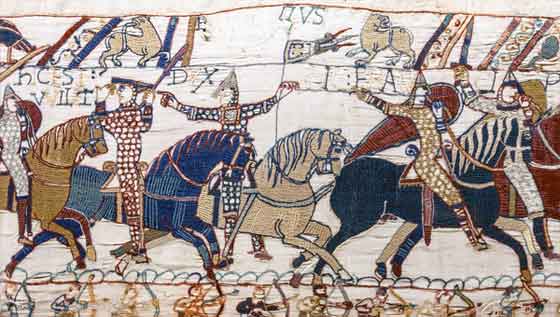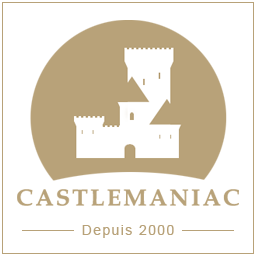Châteaux médiévaux
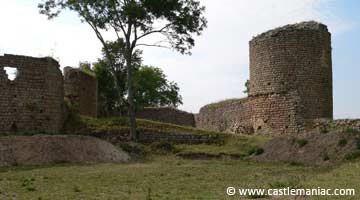
Château de Viverols
C’est vers le Xe siècle que des paysans s’installèrent pour la première fois dans cette région du Livradois. Abondante en gibier, et en poissons, ils lui donnèrent le nom de « Vivarolium », qui signifiait vivier. Pendant près de cent ans, seules…
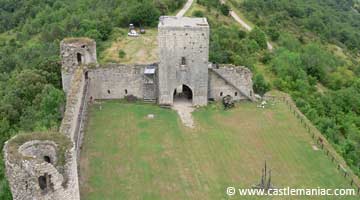
Château de Puivert
Puivert est un château de plaine, situé sur une colline douce culminant à 600 m d’altitude. Il servit de lieu de tournage pour la dernière scène du film « La Neuvième Porte » de Roman Polanski. Le château primitif, dont seules des ruines…
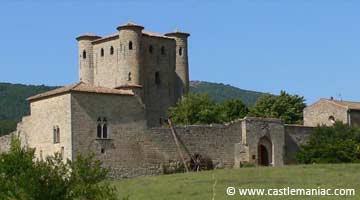
Château d’Arques
La fondation du château remonte à 1280. Simon de Monfort, après la croisade en terre cathare, donna les terres du Haut Razès à un de ses lieutenants, Pierre de Voisin en 1231. C’est son descendant, Gilles de Voisin qui commença la construction…
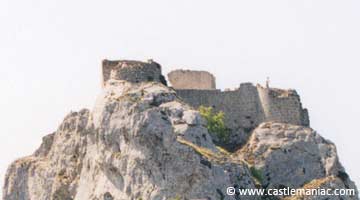
Château de Peyrepertuse
Habité dés les premiers siècles de notre ère par les romains, la Petra Pertusa (pierre percé), qui domine les Corbières du haut de ses 796 m est l’endroit le plus stratégique de la région. La première mention d’un château remonte à 1050…
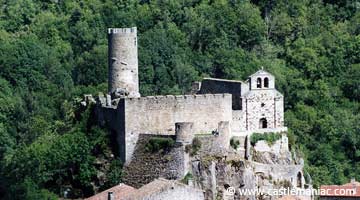
Château de Chalencon
Chalencon était au moyen age le carrefour entre les routes du Velay et celles du Forez. Le village prospéra donc et une puissante forteresse y fut érigée dés le Xe siècle. Un donjon rond, une enceinte carré, et une chapelle, elle appartenait….
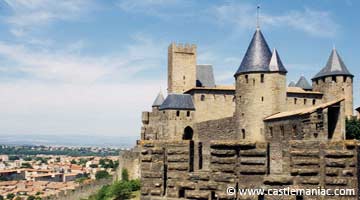
Cité de Carcassonne
Le plateau de Carcassonne fut exploité très tôt. On situe vers le VIIIéme siècle avant notre ère un camp gaulois, l’oppidum de Carsac, à seulement 2km de la cité actuelle. Ce village de l’âge du fer possédait comme protection un fossé et…
Newsletter
Tenez-vous informé, abonnez-vous à la newsletter du site...
Le Moyen Age
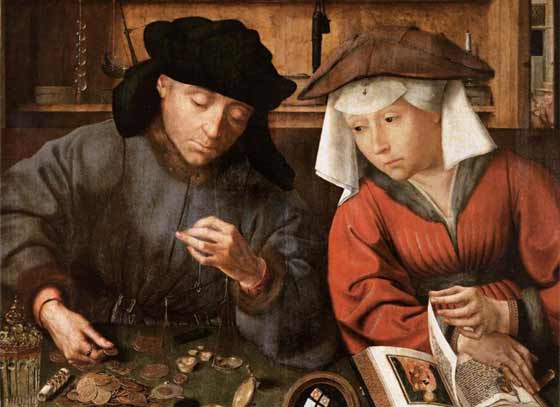
Monnaie et commerce au Moyen Age
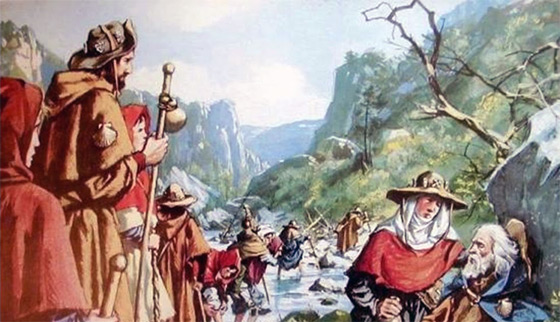
Voyages au Moyen Age
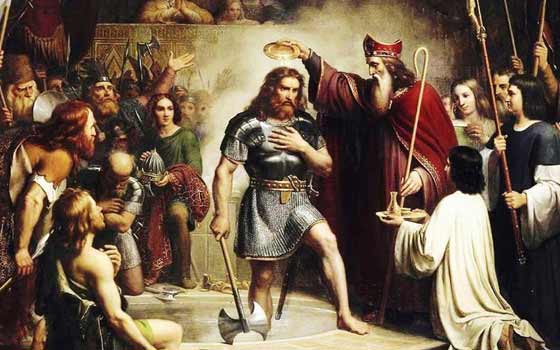
Clovis, roi des francs
